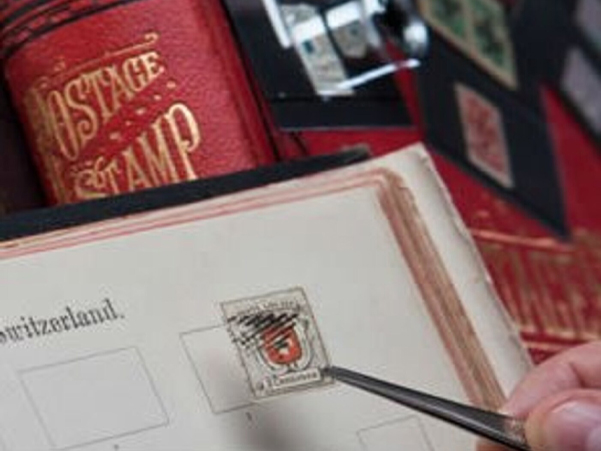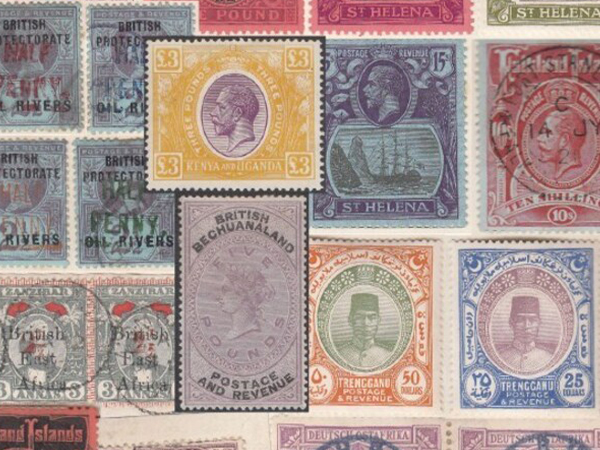The Edward VIII ‘Accession’ Issue
On 20 January 1936, Prince Edward, Prince of Wales, came to the throne as King Edward the Eighth.
The first stamps with his portrait (½d, 1½d, 2½d) were issued on 1 September, with the 1d value following on 14 September. This issue, the result of a public competition was to be known as the “Accession” series and it was proposed to produce 2 additional sets, in the same format used for the previous monarch with values to £1. King Edward VIII abdicated the throne on 10 December 1936 and no further stamps bearing his image were issued. Many members of the public believed that these stamps would be valuable, as an abdication of the throne was so unusual and as the stamps were only on sale for a relatively short time. This was not the case and today the stamps are very common, and of only very low value.
It was several months from the abdication and coronation of his brother until the availability of the first George VI stamps. In fact, Edward 8th stamps were still being dispensed from stamp machines until the very beginning of 1938. As the standard postal rate stamps of the period they were sold in huge multi-million quantities and to make these even more common many people made a point of hoarding them, believing that they would become valuable. This reign is popular amongst collectors, the “Simpson” affair changed British history and philatelically it is comfortably limited within a small time- period and although there are a few varieties in the printing collectors are often able to produce an interesting exhibit from these including the range of dated covers, control numbers, booklets and booklet panes available.

Recent posts
As a child I would spend several weeks during the Summer holidays in Bournemouth, a large and reasonably well- heeled seaside town on the south coast of England.
A few weeks ago an experienced philatelist admitted to problems he was having in identifying the chalky paper versions of King George 6th Leeward Island stamps.
Sometimes discovering philatelic errors is easy, particularly when examples have been identified and are accurately described.


